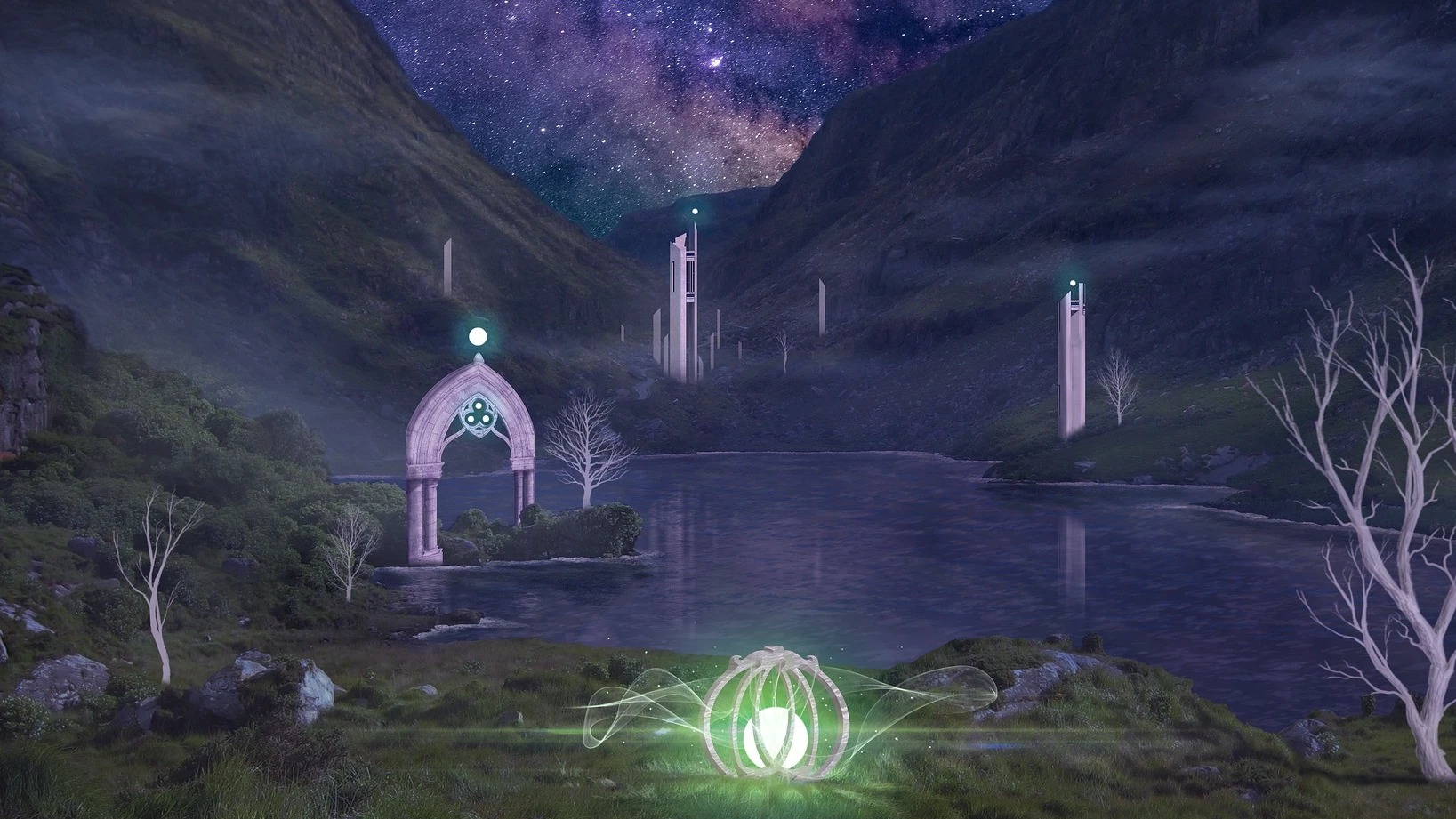Story Universe
III. A New Catalyst

The Age of Contrasts
Although civilizations were rebuilt, the Young Races never fully recovered from the psychological damages inflicted on them by the Blight of the Ancients and by the War of the Kskiln. Fear and a lack of confidence in themselves were going to remain with them for many millennia after. It was then not surprising that for a long time, missing their teachers, the Åh, many took to heart to search for them. Eventually, however, they had to accept that the Åh were gone. Since there was no one to fill that void, they were then forced to cope by themselves and thus enter a path of ‘adulthood’.
Along this path and for a time — a time which is in the far past for us — the means to grow and flourish that they adopted, moved by a subconscious impulse, was an emphasis on the contrasts between their psychological and physical characteristics, and between their experiences, cultures and outlooks of life as individual races. It worked. They began to flourish again.
Unknown to them, a new catalyst for growth was already in their midst — Humans. It took several million years, but it eventually became clear to others of the Young Races that Humans had a drive to create and to become more, and a natural tendency to harmony and beauty that many of them lacked. Their imagination too was unsurpassed. All of these, plus the friendliness of Humans, slowly became to a great number of them a renewed impulse for flourishing.
It was at this time that many among the Young Races began to call Humans by the term “Galactic Humans” — although it is unclear to historians who started using that expression and why. At the time, Humans also began to call most others of the Young Races by the word “Amethen”, meaning ‘Friends’. Since then, both expressions are widely used.
For many millennia after Humans appeared, the mystery of their origin weighed heavily on their minds since they had no recollection of it, at all. At the time their bodies were made of pure light, and their needs weren’t physical but soul felt — they felt out of place, lost in a Universe they didn’t understand, and couldn’t see a path ahead for themselves. Also, for a mysterious reason, they deeply sensed the connection with all the others of their kind scattered along many worlds, far apart, in the galaxies of La’Aït. Thus, a drive to union was strong in them since their beginning.
Becoming used to physical existence in their light-made bodies took Humans many hundreds of thousands of years. It helped them, though, that they had a strong natural drive to create expressions of beauty, music and art. Thus slowly they discovered their mastership of the many light-fields and energies available in Space, and with this they were able to create civilizations unlike any seen before among the others of the Young Races.
The Search for Aïdin Planets
During the 640 millions years, Earth years, since the Age of Legends ended, the memories of the Aïdin Planets of old have faded and resurged multiple times. And during those times searches and quests for them have engaged the attention of many. It is curious that not only the Young Races of old have felt attracted to those Planets, but Galactic Humans as well have shown a yearning to find them — in spite that when Humans appeared in La’Aït, those Planets had disappeared long before.
It is thus that, for the last few million years, the legends and myths surrounding the Aïdin Planets have become common knowledge to most in the hundreds of thousands of races that comprise the Young Races in our Local Group of galaxies. Those legends and myths take many forms, yet all share the characteristic of idilic, paradise-like places … and that for one reason or another were lost.